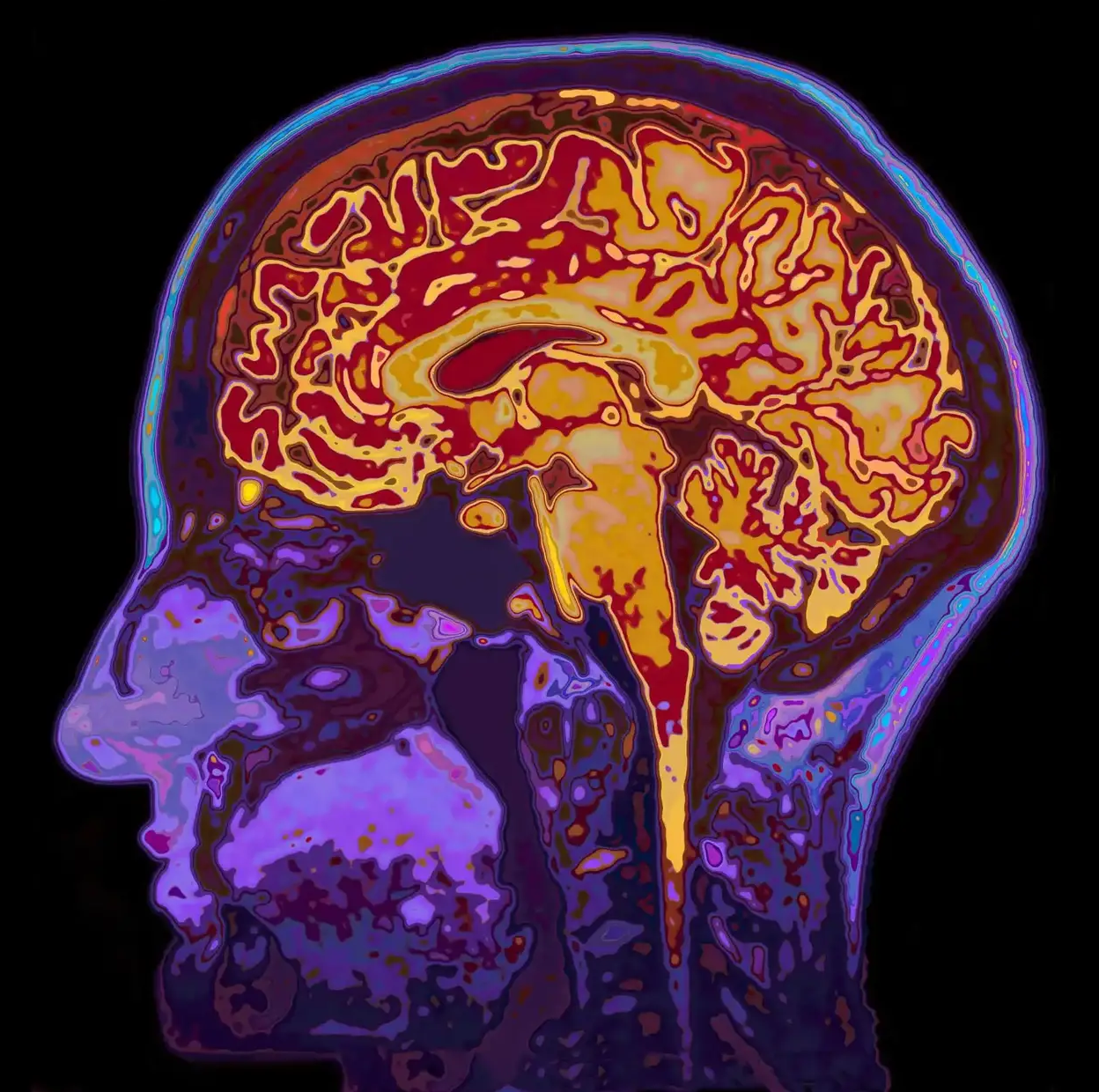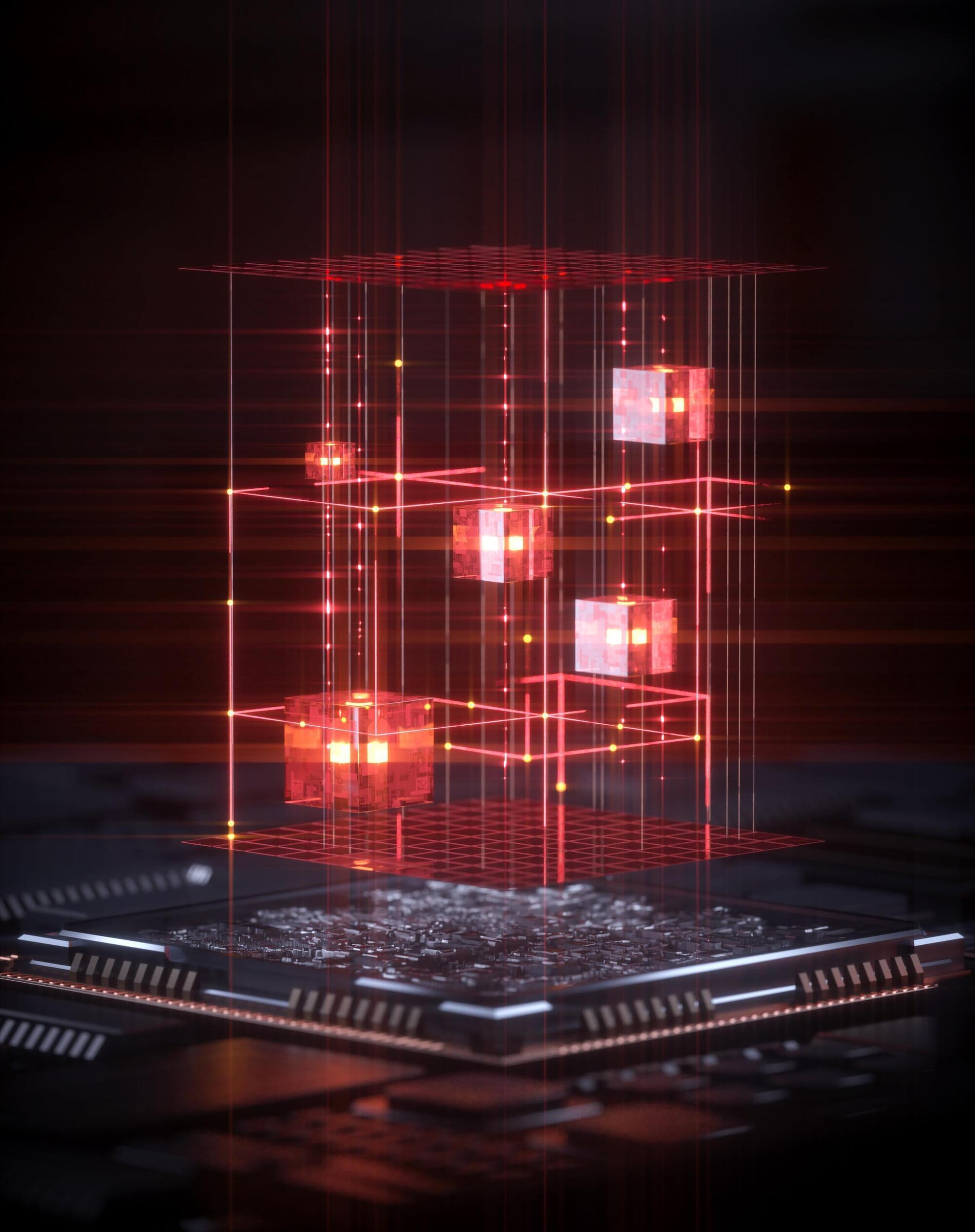If you read my last post, you may have had the same reaction as the legendary fintech blogger Chris Skinner. On the blog entitled “Fintechs New Power Couple: AI and Trust, he politely corrected, ” AI, trust and DLT sir” as a comment on my post.
As soon as I read his input I knew he was right. I had to write a follow up post, to correct my glaring omission. As there are three forces converging here rather than two, I will update the title to make it both more contemporary, and more accurate at the same time…
Fintech’s New Power Throuple is the convergence of AI, Trust, and Distributed Ledger Technology (DLT).
If I drew a diagram of the relationships between the three different factors I would put it in the form of a triangle. From my viewpoint Trust would hold the uppermost position, with Blockchain and Artificial Intelligence occupying the two lower positions.
They are kind of the technology layer that makes that makes Trust possible.
As Trust isn’t a technology — or is it? 🤔
(https://fintechconfidential-newsletter.beehiiv.com/p/m2020-a…-payments)









